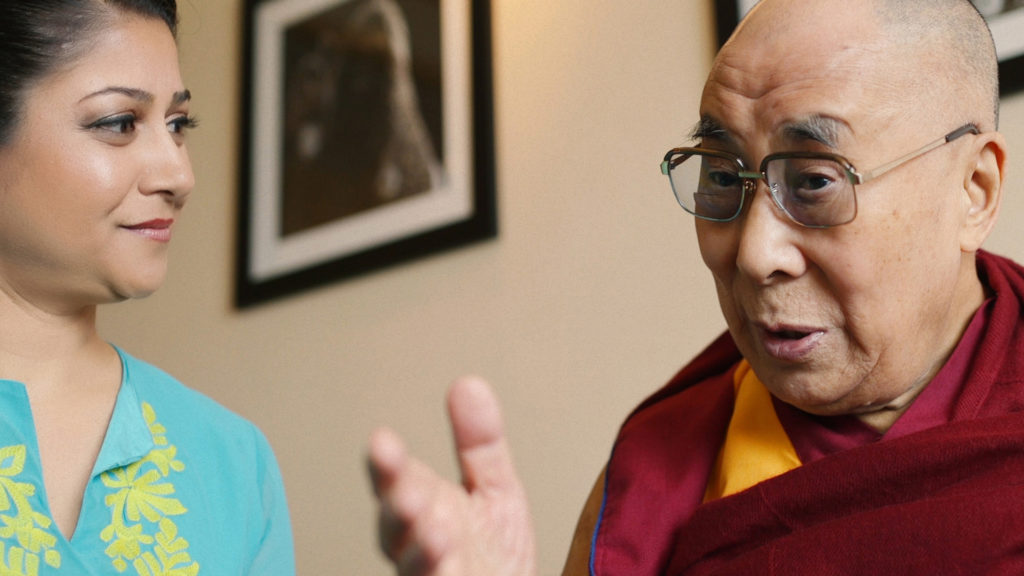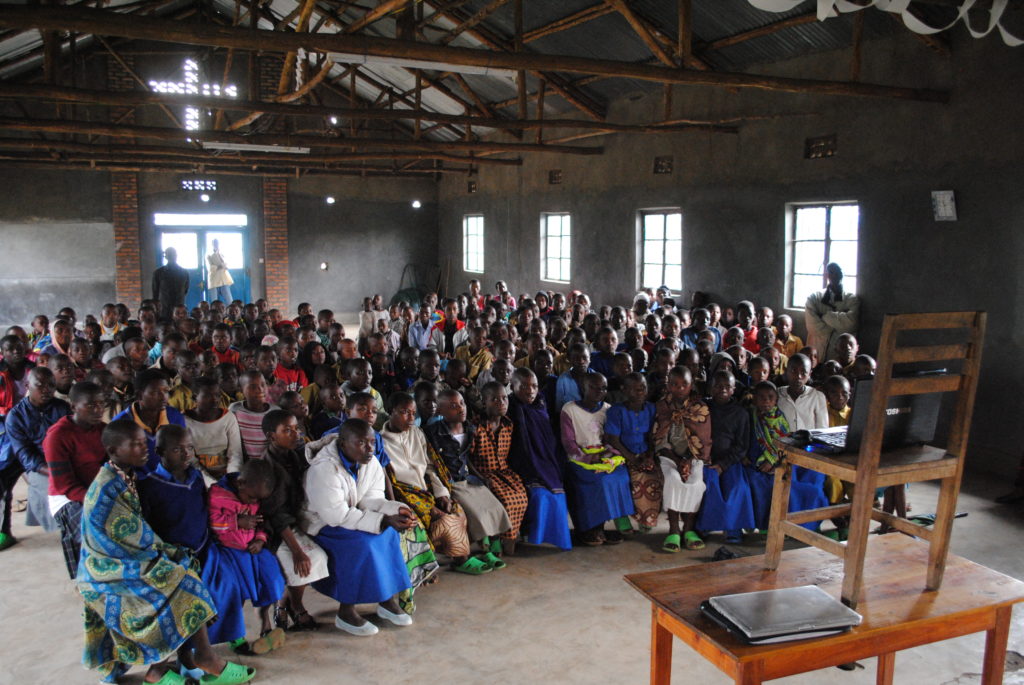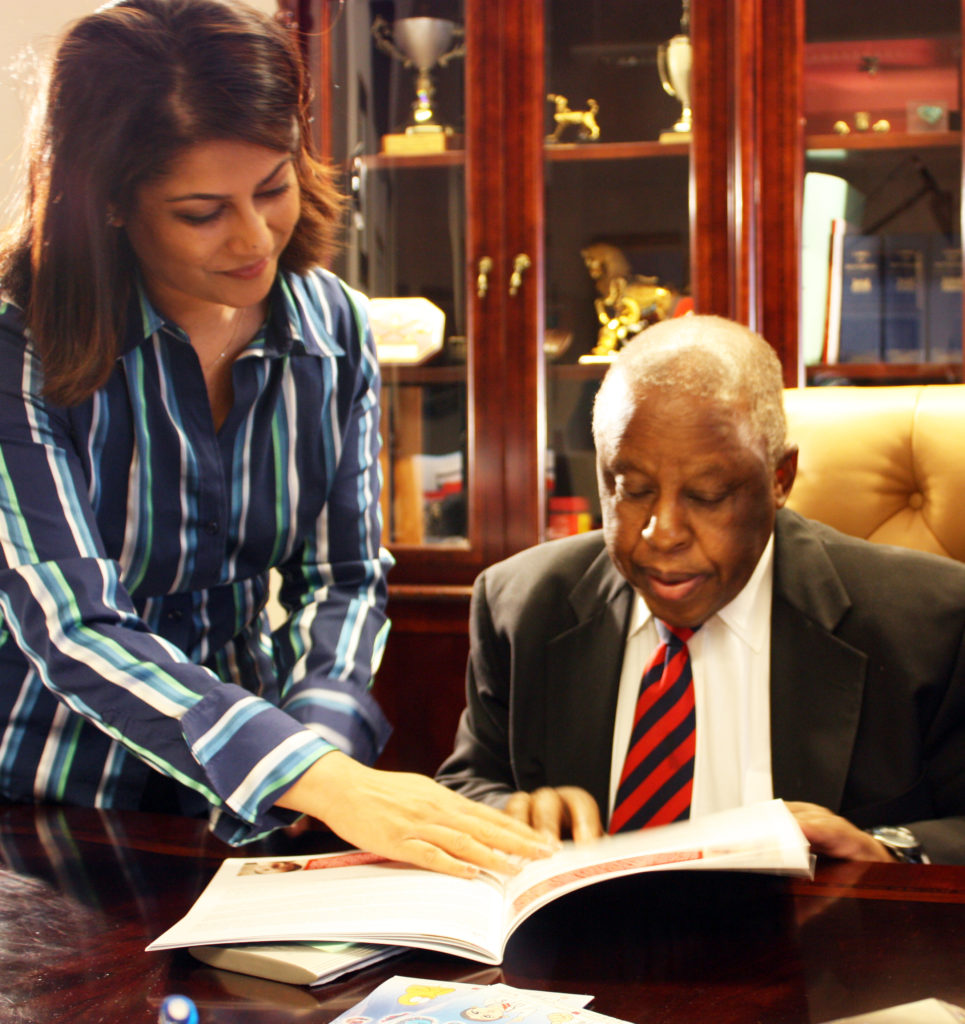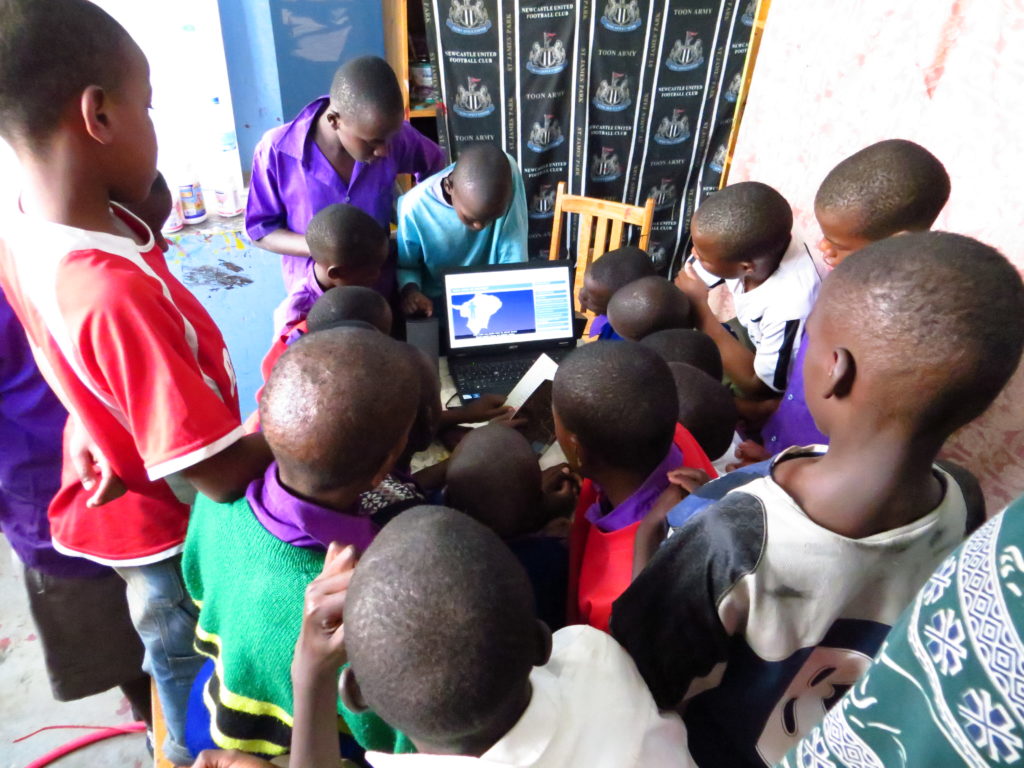Published: 02/16/2021

Dr. Piya Sorcar has used humility and attention to detail to scale TeachAids — an HIV prevention program — to a global program affecting millions of people around the world. Today, she is using the same tactics to tackle COVID-19.
By Lucas Oliver Oswald.
Dr. Piya Sorcar has made a career out of humility — a wide-spanning career that has impacted countless lives around the world. The secret to her success: adaptability, openness, and a constant readiness to learn from new people and places.
What started out as her graduate research at Stanford has now become an adaptive global educational system preventing HIV spread by empowering people with information. As the CEO and Founder of the nonprofit TeachAids, Dr. Sorcar has overseen the organization as it has expanded from a Stanford research project to an educational content machine, creating locally relevant animations and interactive educational videos around the world. Today, TeachAids’ education is used by governments, NGOs, and educational institutions in 82 countries.
“If we closed ourselves off to new ideas,” she recently told me, “if we thought we had the solution because it worked somewhere else, we would have gotten nowhere!”
So how does one create a globally adopted health intervention? By building high quality tools and letting them loose.
“Of the 80+ countries we work with, we actively pursued only one of them — our first one, which was India. Since then, organizations have reached out to us.”

Today, on top of teaching the next generation of global health innovators as a Adjunct Affiliate at the Center for Health Policy / Center for Primary Care and Outcomes Research at Stanford’s Medical School, Dr. Sorcar is building off her learnings from the HIV education at TeachAids by expanding in new directions, namely the ongoing pandemic.
Dr. Sorcar and I caught up recently to talk about TeachAids and their newest initiative, an educational tool aimed at helping kids understand the strange new world they are living through during the pandemic.
1
HOW DID TEACHAIDS COME ABOUT?
In 2005 while in graduate school at Stanford, I was reading reports which identified India as the next HIV hot zone.
Hundreds of millions of dollars had been poured into understanding the problem, education initiatives, and mass media campaigns, but there were still serious misunderstandings around the basics of transmission. Despite commendable efforts from reputable organizations, many people still believed transmission could take place through actions such as coughing and sneezing. In India, for instance, sex education was banned across multiple states, which made delivering education difficult.

We explored ways to teach around taboos, to combine science with culturally-appropriate imagery and locally-contextualized concepts.
While working in India, we received emails from other countries saying this was an issue in their territories too. We began to analyze taboos which existed globally and were able to create a methodology — a transnational approach — to develop customized content for different regions. With support from over 300 partner organizations (governments, school systems, NGOs, and corporations) these animated tutorials expanded globally.
2
ONE OF YOUR STRONG SUITS IS CUSTOMIZING CONTENT FOR LOCAL AUDIENCES AT AN EXTREMELY DETAILED LEVEL. WHY IS THAT SO IMPORTANT?
Whether it’s our HIV work, our expansion into concussion education, or COVID-19, we’ve discovered in all contexts that when a population feels like it’s “their” problem, they are more likely to accept the solution. Just because people like watching something, does not mean that content resonates with them personally.
While building the HIV software for India, we needed to consider the vast diversity and create many language-specific productions with research-based customizations. Clothing, for example, had to be regionally adapted—women’s saris showcased local patterns, food was customized, even the animals differed. While building the Tibetan language version, we used a yak instead of a cow because of a common misconception that one could contract HIV from certain animals. Even handshakes differ by culture. In Botswana, for example, it’s customary to put your hand across your elbow while bowing as a sign of respect.
When you miss these nuances and cultural customs, locals immediately recognize the content as foreign-made. It doesn’t feel like “their” problem. But by setting our assumptions aside we can get the messaging right.
3
HOW HAVE YOU ADAPTED YOUR EXPERTISE TO COMBAT COVID-19?
With the onset of the pandemic, many of our global partners reached out. People were searching through an unprecedented amount of new information — and misinformation — and becoming confused and overwhelmed.
We decided the greatest need we could fill would be to curate credible, accurate content from our experts into a database people could trust. Working with our global experts, we began vetting content across a range of diverse topics relating to COVID-19. The pandemic has impacted nearly every aspect of our lives so our topics range from health education, to economic resources, to mental health. CoviDB.org was conceived, programmed and launched in a single week. Since our launch last April, we’ve had 100+ volunteers support with various aspects of building and maintaining this product.
While expanding this initiative, our global experts informed us that they were repeatedly asked the same basic questions by the general public. Acknowledging this, we leveraged technology to have such questions answered. In partnership with your Center for Innovation in Global Health, the Stanford Program on International and Cross-Cultural Education and with researchers at UCSF, we launched a video series (accompanied by a Teacher’s Guides) to answer these inquiries and support educators in the classroom.
4
AND NOW YOU ARE EXPANDING THAT DATABASE TO INCLUDE RESOURCES FOR CHILDREN. WHY DID YOU CHOOSE TO TAKE IT IN THIS DIRECTION?
As more parents used CoviDB.org, we began to get inquiries about how something similar could be created for younger audiences, even small children. Children process information very differently, and need a different mode of communication in order to learn the basics of the pandemic. So our team applied its research background and pedagogical methodology to launch “CoviDB for Kids”.
The facts around COVID-19 changed quite a bit over the course of the last year as we learned more about the coronavirus, and of course there is no formal pedagogy around how to teach this effectively the way there are decades of formal study around how to effectively teach other subjects. So schools and parents are basically taking whatever information they can get and making up on their own how to teach kids about the pandemic. As we learned from our HIV work, merely reciting lists of dos and don’ts does not produce effective education.
With this filter, we found and curated some of the most effective educational resources — primarily videos suited to children’s attention spans and interests — that parents could turn to with confidence. We’ve categorized resources for three different children’s age groups and compiled them into a simple site for kids to access for free. The team is working on a Spanish version next.
5
ACROSS YOUR BODY OF WORK, THERE IS A THEME OF BUILDING A TOOL AND THEN RELEASING IT “INTO THE WILD” TO GROW ORGANICALLY. IS THAT ONE OF YOUR SECRETS TO SCALE?
You’re exactly right. When researchers identify public health concerns, we try to understand the root of the problem. We use mixed methods to study the issue, understand the challenges, in hopes of possibly fill the gap.

After hundreds of iterations developing a product, once we release it, we are careful not to police it. We put it out into the world and allow that innovation to take on a life of its own. Once it’s out there, people circle back asking: “Can you do X, Y and Z?”. When we hear a “chorus” of such requests, we adapt our education and methods to best serve that population.
Research in an experimental setting is important. But when you let something evolve naturally, when you release it into the world, you make unimaginable discoveries. When we combine both such strategies, we are truly able to reimagine solutions.